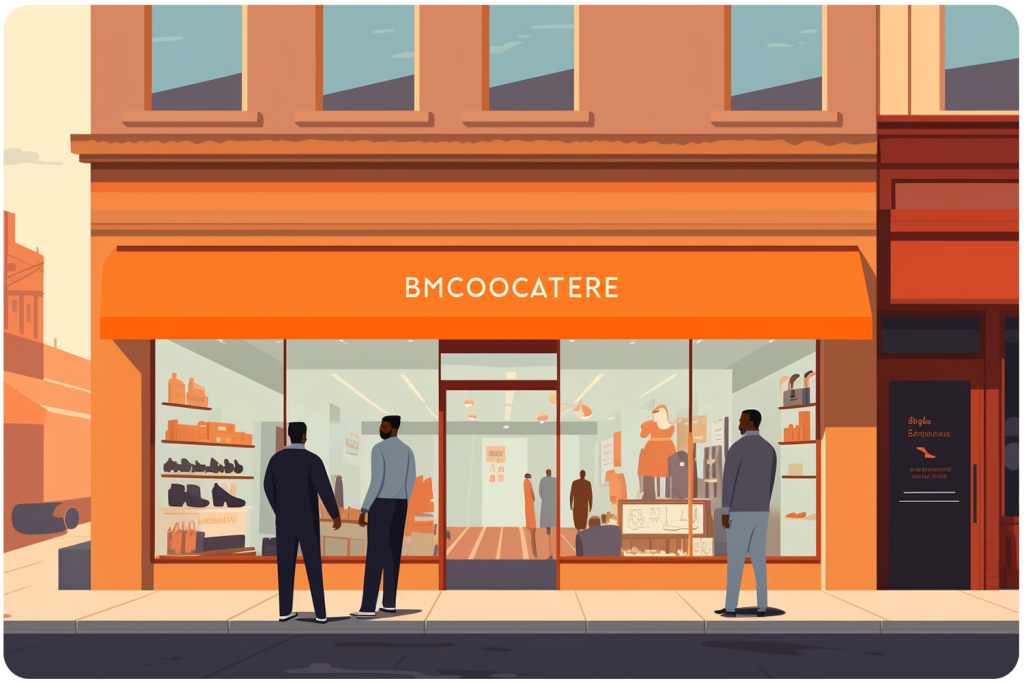Are you considering a move to BigCommerce from your current e-commerce platform? Transitioning to a new platform involves careful planning and execution to ensure a smooth migration. In this article, we will explore the key considerations you need to keep in mind when making the switch. We will cover all process aspects, from data migration to design and theme transition. For a personalized analysis of your website, contact MageMontreal.

Data Migration
One of the most critical aspects of transitioning to BigCommerce is data migration. You must ensure that your product, customer, and SEO data can be seamlessly transferred to the new platform.
Product Data
When migrating your product data, make sure to transfer all relevant information, such as product listings, descriptions, prices, and images. This will ensure that your customers can easily find and purchase your products on the new platform.
Customer Data
Migrating customer data is essential for maintaining relationships with your existing customers. Transfer customer profiles, order history, and any other relevant customer data to BigCommerce. This will help you provide personalized experiences and ensure a smooth transition for your customers.
SEO Data
Preserving your existing SEO rankings is crucial when transitioning to a new platform. Transfer metadata, URLs, and content to BigCommerce to maintain your search engine visibility. This will help ensure that your website continues to rank well and attract organic traffic.
Platform Compatibility
Before making the switch to BigCommerce, you need to assess the compatibility of your existing integrations, plugins, and custom code. Determine whether they can be adapted or replaced to work with BigCommerce.
Integrations and Plugins
Check if BigCommerce offers native or third-party integrations for the tools and services you rely on. Ensure that you can seamlessly integrate your CRM, email marketing platform, analytics tools, and other essential software.
Custom Code
If you have custom code on your current platform, evaluate whether it can be easily migrated to BigCommerce. Consider the development effort required to adapt or recreate custom functionalities on the new platform.
Design and Theme Transition
The design and theme of your e-commerce store play a significant role in the overall user experience. When transitioning to BigCommerce, you have two options: recreate your existing design or choose a new theme.
Recreate Your Design
If you have a custom design that you want to maintain, assess whether it can be recreated on BigCommerce. Consider the availability of similar themes or the possibility of customizing a theme to match your current design.
Choose a New Theme
If you are open to a fresh look, explore the wide range of themes available on BigCommerce. Choose a theme that aligns with your brand identity and provides a seamless user experience across devices.
SEO and URL Structure
Maintaining your SEO rankings and preserving the user experience is crucial during the transition. Plan for URL redirects to ensure that any existing backlinks and search engine rankings are recovered.
URL Redirects
Set up 301 redirects from your old URLs to the corresponding pages on your new BigCommerce store. This will help search engines understand that your content has moved and preserve your search engine rankings.
Canonical Tags
Implement canonical tags on your new BigCommerce store to avoid duplicate content issues. This will help search engines understand which version of a page to index and display in search results.
Payment Gateways and Shipping Options
Evaluate the payment gateways and shipping options available on BigCommerce to ensure they meet your business needs.
Payment Gateways
Check if BigCommerce supports your preferred payment gateways. Ensure that you can seamlessly integrate your payment providers to provide a smooth checkout experience for your customers.
Shipping Options
Review the shipping options BigCommerce offers and configure them according to your specific requirements. Consider factors such as shipping rates, carrier integrations, and international shipping capabilities.
Inventory Management
Effective inventory management is crucial for e-commerce success. Ensure that your inventory management system can sync seamlessly with BigCommerce.
Syncing Inventory
Verify that your existing inventory management system can integrate with BigCommerce. This will allow you to maintain accurate stock levels and avoid overselling or stockouts.
Product Availability
Establish a clear process for managing and updating product availability on BigCommerce. Regularly update your product listings to reflect accurate stock levels and prevent customer dissatisfaction.
Data Backup and Rollback Plan
Before making any changes to your e-commerce platform, creating backups of your existing data is essential.
Data Backup
Back up all your e-commerce data, including product information, customer data, and order history. This will safeguard against any data loss during the migration process.
Rollback Plan
Have a rollback plan in place in case of any unexpected issues or challenges during the transition. This will enable you to quickly revert to your previous platform and minimize downtime.
Testing and Quality Assurance
Thorough testing is crucial to ensure your new BigCommerce store functions as expected before going live.
Functional Testing
Test all the functionalities of your new BigCommerce store, including product browsing, search functionality, checkout process, and payment gateways. Identify and fix any issues or bugs that may arise during the testing phase.
User Acceptance Testing
Involve key stakeholders in the testing process, including your team members and loyal customers. Gather feedback and make necessary adjustments to ensure a seamless user experience.
Concluding Thoughts: A Smooth Transition to BigCommerce
Transitioning to BigCommerce from your current e-commerce platform requires careful planning and execution. You can ensure a smooth and successful migration by considering data migration, platform compatibility, design transition, SEO, and customer communication. Take the time to test and optimize your new BigCommerce store before going live. With proper planning and execution, you can seamlessly transition to BigCommerce and unlock new opportunities for your e-commerce business.
Concluding Thoughts: A Smooth Transition to BigCommerce
Transitioning to BigCommerce from your current e-commerce platform requires careful planning and execution. You can ensure a smooth and successful migration by considering data migration, platform compatibility, design transition, SEO, and customer communication. Take the time to test and optimize your new BigCommerce store before going live. With proper planning and execution, you can seamlessly transition to BigCommerce and unlock new opportunities for your e-commerce business.
Interested in our content?
Subscribe to our newsletter to get notified when we release a new podcast episode or new blog post.
At Mage Montreal, we strive to offer our clients affordable, top-notch services that are tailored to their individual needs. Our team of certified Magento developers are experienced and devoted to helping our clients accomplish their goals. Get in touch with us today to learn more about how our services can benefit your online business.




